I am trying to install windows 10 iso via boot camp. I launch the boot camp amp, and can not get past the copying windows files screen. When it fails i get the message "your bootable usb drive could not be created an error occurred while copying the windows installation files. Boot camp assistant keeps telling me that the windows installer disk can not be found. When I get to the "save windows support software" section it recognises the destination usb drive but not the windows iso.
If you want to run complex software such as the Windows version of Excel or any high-end game, then you need to set up a virtual Windows system, sometimes known as a virtual machine . You can run this virtual system entirely inside a macOS app. The VM behaves as if it's running on real hardware with a real hard drive; it just runs a bit slower than a Windows system running on physical hardware. The reason for the slower performance is that this method requires you to run an entire Windows system in the background in addition to the app you want to use. Installing Windows on another partition of your MacBook Air's hard drive will let Windows perform at full strength with full access to your laptop's hardware. Apple's Boot Camp utility simplifies the process so anyone with a Windows installation disk can dual-boot both Windows and OS X on a MacBook Air.
Even when these new virtual machine tools are ready, it seems like they will only run ARM operating systems. It sounds like Parallels isn't working on running Intel versions of Windows on Apple Silicon. I recently purchased windows 8.1 from the microsoft store and I own a late 2013 iMac 21.5″. When I try to download the setup file from the store, the mac says that it cannot run micrsoft products. And I have tried running that iso into bootcamp but nothing will work.
There are no videos on how to install windows from a digital download. I purchased a copy of Windows 10 to install as a second OS possibly using Parallels. Are you saying that I need to download a version of Windows for ARM if used in this setup?
I'd like to use a virtual machine rather than allocating up to half my hard drive for the few Windows programs I need to be able to use at times. So, this is a more attractive option than Parallels, but I'm not clear how this figures in. Through my research I have also installed rEFIt and using disk utility partitioned my drive and bypass bootcamp. When I start my mac, I get the rEFIt option to install windows from my USB, but in doing so it cannot find the BOOTMGR file. What about Boot Camp, Apple's long-standing option for running a Windows system on a separate partition on an Intel-based Mac? Boot Camp still exists, but Apple has effectively stopped supporting it.
And Boot Camp has a major inconvenience; you have to shut down your macOS system and restart it every time you want to run Windows. There's no integration between macOS and your Windows partition, either. Boot Camp won't let you run a Mac app and a Windows app at the same time or transfer files between systems quickly, for example. If you have an Apple Silicon Mac, don't even think about Boot Camp.
Regardless of whether you choose Parallels or VMWare, set aside about 20 minutes to install Windows and 30GB or more of disk space on your system. If you wish to run both macOS and Windows on a single Mac computer, UITS recommends using Apple's Boot Camp utility to install Windows 10 on your Intel-based Mac. If you have an Intel-based Mac, your best choices for installing a virtual Windows machine are Parallels Desktop ($79.99 for Standard Edition) and VMware Fusion ($199 for VMware Fusion 12 Pro). On an Apple Silicon-based Mac , Parallels Desktop is your top option. Parallels is more approachable for beginners and faster. VMware Fusion is friendly enough for any experienced Windows or Mac user, but it's more suitable for corporate use.
I had a similar issue when trying to install a 64 bit version of windows 7. On some older macs, you may only be able to install a 32 bit version of Windows 7. Once installed, you can then upgrade it to a 64 bit using the same product key. I didn't do anything special, just installed the 32 bit version first and it worked flawlessly.
PS it seems that people are more interested in virtualizing/emulating windows or even linux. For a long-term os x user it may be more useful to emulate older os x versions for apps they have that don't work on apple silicon or recent macoses. Both Parallels and VMware Fusion let you create a virtual system by cloning an existing desktop system across a network, but it's a lot simpler to install a fresh copy of Windows. Users of Intel-based Macs can download the standard Windows ISO file from Microsoft and rely on Parallels or Fusion to install Windows correctly from there. M1 Mac users must register for the Windows Insider Preview program and download the ARM version of Windows 10. Only Parallels supports the ARM version, but it has no trouble configuring your Windows VM with that version on an Apple Silicon Mac.
Parallels recently announced support for Windows 11 on M1 Macs, but again, for the ARM version only. Next, download and install Parallels Desktop if you don't already have it. At the end of the installation, the program tells you that you need an installation image with an ARM-based operating system. Click the link for "How to download Windows 10 on ARM Insider Preview" for documentation and a video that explain the process. At the Create New screen, click the button for "Install Windows or another OS from a DVD or image file." Click Continue .
With this release, Windows is back on the Mac, but with a big caveat. The software requires that you use a version of Windows designed to run on ARM processors, called Windows 10 for ARM64. This is where the other option, known as virtualisation, can come in handy.
For more options see best virtual machine software for Mac. Even if Apple did support Boot Camp on M1 Macs, you could only install the ARM version of Windows 10. As of November 2020, this version of Windows isn't really ready for prime time. It has an emulation layer so it can run Windows software written for Intel chips, but it's much slower and buggier than the Mac's translation layer. Also, it can't yet run 64-bit Intel Windows applications—only 32-bit programs.
Windows 10 Download For Macos So you are running older Mac that boot camp doesn't support Windows 10. During this part of the installation, your Mac will restart a few times, ultimately landing you at a screen that will ask you which partition you want to install Windows 10 on. Select the partition labeled "Boot Camp," format it for NFTS, and continue with the installation. You'll go through the setup wizard where Windows will ask you for the product key and you'll be on your way. Boot Camp doesn't allow you to easily transfer content between OS X and Windows partitions like virtual machines do, and you can't run the two operating systems simultaneously. But it does give Windows full access to the processing power of your Mac.
It's also completely free , and a shared Dropbox / Google Drive / OneDrive folder can make data transfers a bit easier. You can create an unlimited number of virtual machines from a single VMware Fusion license. You will need to provide the required operating system software and license for each installation of a virtual machine. When new Apple Silicon launches with higher performance per core, and more GPU cores, then gaming performance will no doubt improve on both native macOS and virtual machines. The biggest benefits of going for the virtualization route is that you don't need to partition your Mac's hard drive as Windows runs virtually on your machine.
Plus, installation is much faster and won't require you to download and install drivers. But, as mentioned above, this method is not for everyone, so we are going for the Boot Camp Assistant method. The new M1-driven MacBook Air 2020 offers a huge performance boost when compared to its Intel counterpart. Apple officially drops support for Boot Camp on its M1 chip models. There is still no idea behind Apple's decision to ditch Boot Camp, but if you just bought a M1 Mac, then at least you still can run some of Windows apps in a virtual machine. However, this approach is pretty complicated for newcomers and expensive as apps like Parallels and VirtualBox charge you some cash.
For creating Windows 10 bootable USB, please click the Burn tab. Just insert a USB drive and load Windows 10 ISO from local folder. All complex settings are done automatically, which is based on the ISO image and USB drive. It's also possible to connect an existing Windows PC to your Mac and create a VM on the Mac that is an exact copy of the PC, complete with Windows and all the Windows apps that you need.
The existing versions of Parallels Desktop and VMware Fusion don't run properly on MacBooks with Apple Silicon. These applications depend on hardware virtualization features on current Intel Macs. Both Parallels and VMware promise that future versions will.
VMware isn't ready to commit to a timeline on supporting these new Macs yet. These tools must be modified to support Apple's new chips. Just make sure the Mac OS is the correct one for the Windows version you are trying to install. You can get the boot camp drivers from your boot camp assistant on your mac.
I bought an official Windows 8 from Microsoft, I follow you videos of how to installed windows 8 on my macbook pro 13 inc retina late 2013. As an example, I'll be creating a Windows 10 virtual machine. Click Windows 10 in the Gallery to display a web page showing requirements. Those consist of an Apple Silicon Mac, UTM for Mac, Windows for ARM, and SPICE Guest Tools. Links to the software components appear in the Gallery. Download each file to your Mac prior to starting the installation.
Apps won't run as quickly or as smoothly as they do with commercial solutions, and you still need to purchase a Windows license to use with VirtualBox. Now that we have the USB drive fully prepared, there is one more step to go through before we can do the installation. That is to partition your hard drive or SSD in order to have a place to install Windows 11. For this post, I will go for a dual boot where I will have Windows 11 and macOS next to each other on the same disk.
The approach will be to use the "old" Windows 10 installer and combine that with the Windows 11 installation files. The result of that will be written to a USB drive which then can be used to boot from and launch the installation. That way there is no need for Bootcamp Assistant and you are free to choose how to partition your drive.
Right now, the easiest, cheapest, and fastest way to get Windows 10 on your Mac is Boot Camp, and that's what we're using for this tutorial. The first thing you should do is check the system requirements to make sure your Mac can actually run Windows 10. Your Mac needs at least 2GB of RAM and at least 30GB of free hard drive space to properly run Boot Camp. You'll also need at least a 16GB flash drive so Boot Camp can create a bootable drive to install Windows 10.
The Boot Camp Assistant can split your Mac's hard drive into two sections, called 'partitions'. It leaves macOS on one partition, then installs Windows on the second partition. You simply choose which operating system you want to run by pressing the Alt/Option key on your keyboard when you boot your Mac. Although there are other virtual machines are available, Parallels is by far the easiest way to install Windows 10 on Mac.
Parallels has been around for many years and the installation process in the latest version of Parallels is now so automated and refined then it even downloads and install Windows 10 for you. You don't even need to purchase it to try it – you can download a free trial of Parallels instead. Once Boot Camp Assistant creates the partition, it asks for your administrator password. Your Mac then restarts and loads the Windows ISO. Follow the steps in the ISO's installer, entering your product key and choosing the correct version of Windows to install.
If your copy of Windows came on a USB flash drive, or you have a Windows product key and no installation disc,download a Windows 10 disk image from Microsoft. I was wondering if you could make a tutorial video on resizing the amount of a hard drive when it's partitioned. I partitioned my macbook a while ago and added windows 8. Now, I've come to realized that I'm going to have to add more memory to the windows hard drive, but I'm not sure how to do this.
I followed the instructions in bootcamp and utilized your bit of code to get bootcamp to create a bootable disc from the iso file and put it on a USB, which it does successfully. When I proceed to partition my drive through bootcamp, it stops me & says there is no bootable disc detected, pls install disc. Compared to most Windows virtual machines I've used, UTM and the ARM64 version of Windows seemed lightning fast. The UTM developers do mention that the app doesn't do GPU emulation, so it's probably not wise to try to play graphics-intensive games. You now see the Windows 10 virtual machine in the left sidebar of UTM.
Click it, and on the right side of the screen, you'll see the information. CD/DVD appears as "empty" – click on it and select Browse. Now find the SPICE Guest Tools ISO file that was downloaded earlier, select it, and Open it to make it available to the virtual machine . Depending on the app or game container you build, you may need to customize it so that it can access folders on your Mac system.
Don't try to open the newly created app yet—you'll get an error message. Instead, right-click it and select Show Package Contents. In the Finder window that opens, double-click the Wineskin app (this is the only part of the system that's simply called Wineskin). Choose Install Software, then Setup Executable, and navigate to the installer for your software. I had already downloaded the Axialis installer for my example, so I chose that from my Mac's Downloads folder. If you're on an older Mac operating system, you'll see some options to create an install disk and download the latest Windows support software.
Make sure all of them are checked, then click continue. Parallels starts to create the virtual machine for Windows 11. Click the category for Hardware and select CPU and memory. Make sure that at least two CPUs are selected and then change the memory to at least 4GB . After the installation, click the Windows 11 screen to continue. Windows 11 opens as a virtual machine inside Parallels Desktop.
First, you'll need to download the ISO file for Windows 11 on your Intel-based Mac. Go to Microsoft's Download Windows 11 page and select the third option for Download Windows 11 Disk Image . Click the dropdown menu for Select Download and choose Windows 11. Click the button for 64-bit Download, and the ISO file is saved to the Downloads folder on your Mac . Open up Boot Camp Assistant, which can be found in the Utilities folder in your Applications list. Boot Camp will prompt you to back up your Mac, which you should have already done.
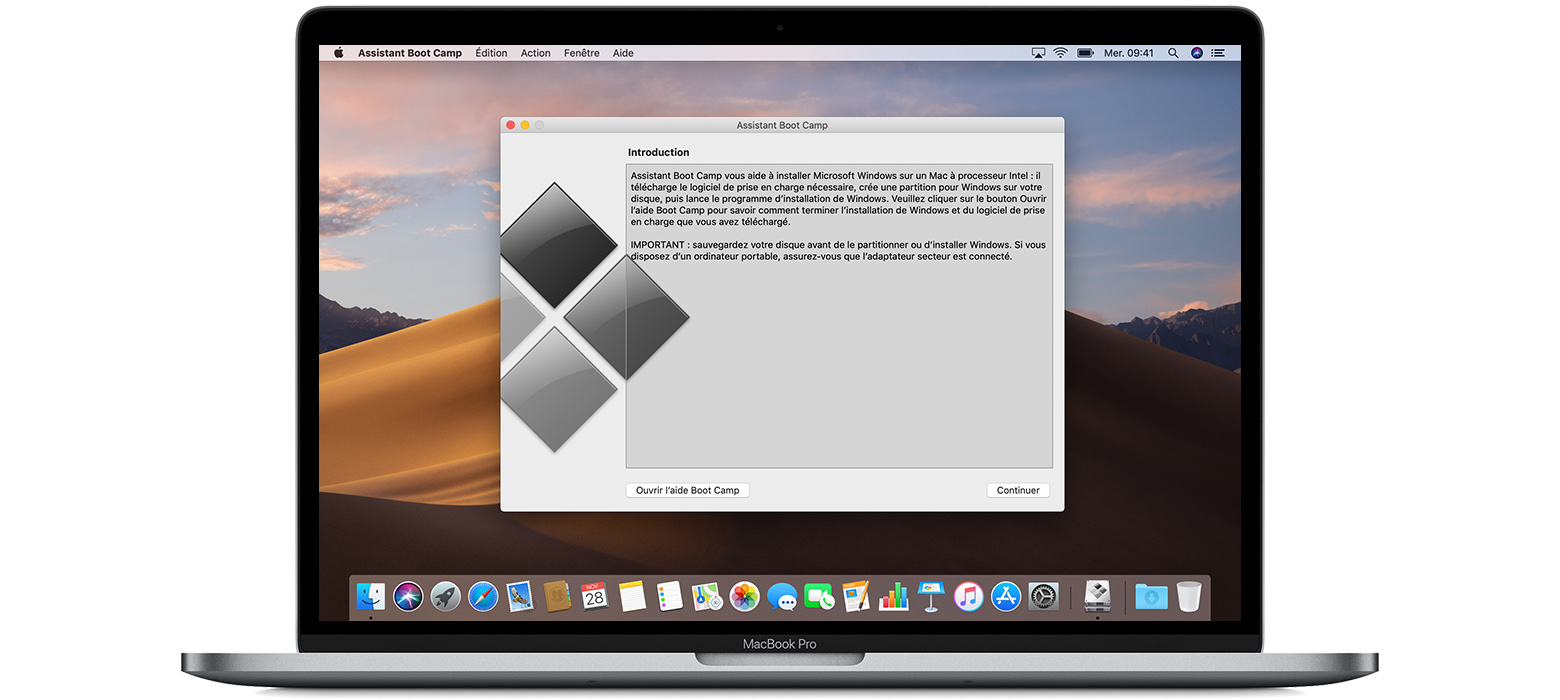
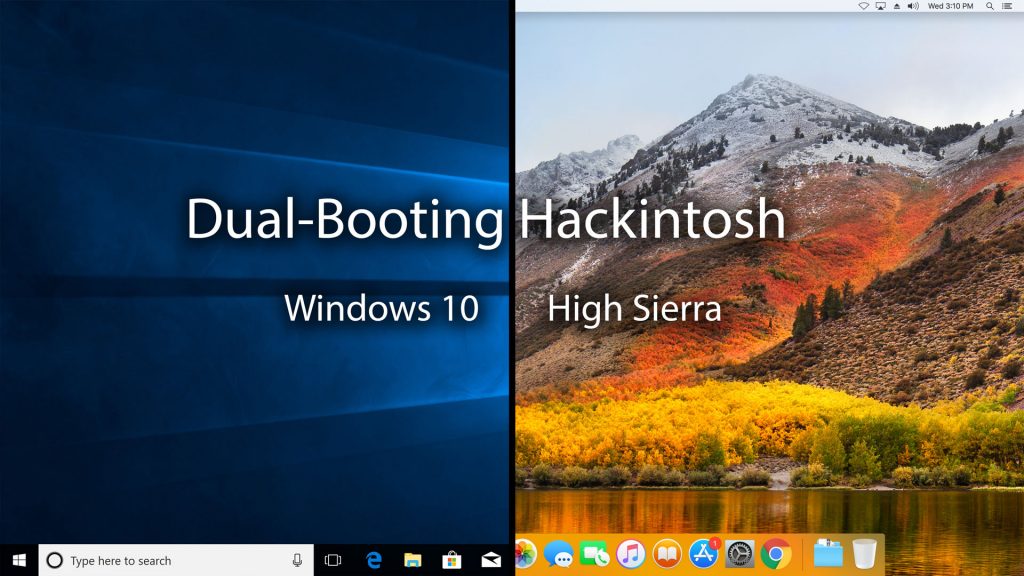






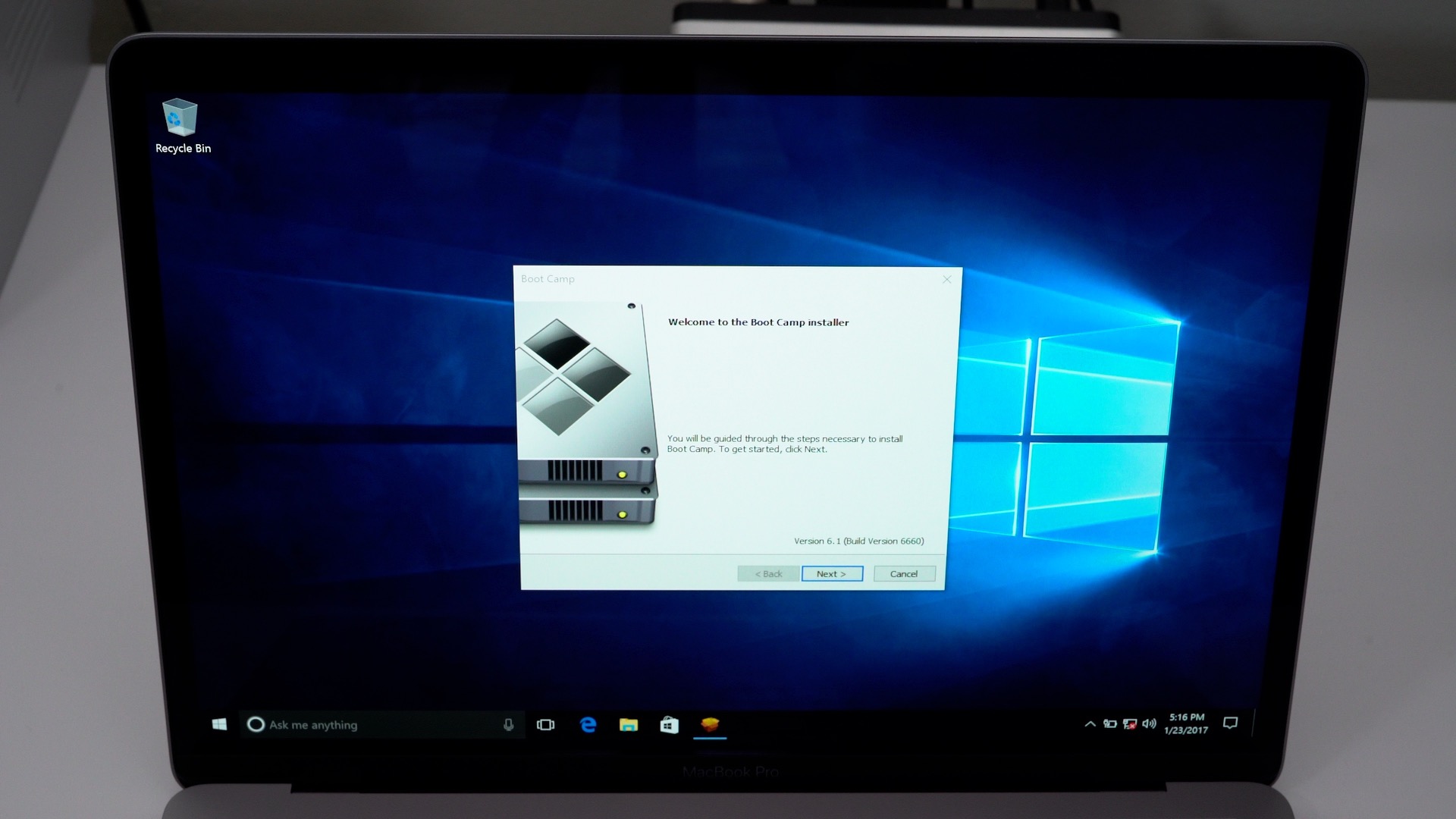



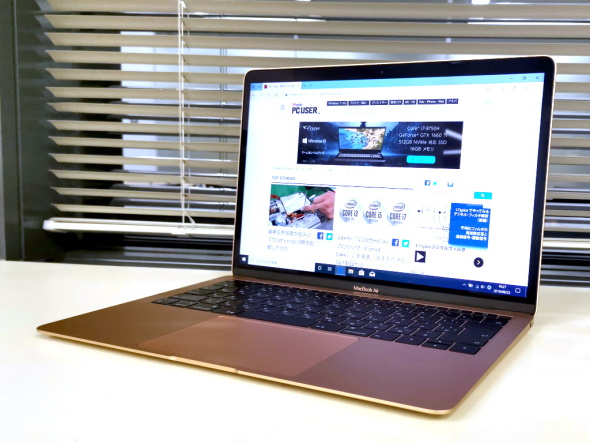







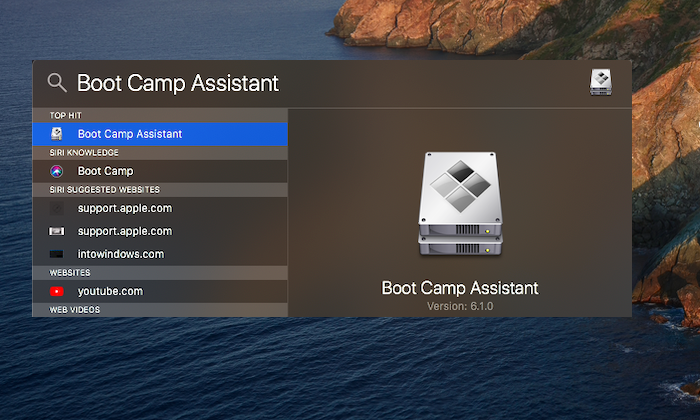







No comments:
Post a Comment
Note: Only a member of this blog may post a comment.